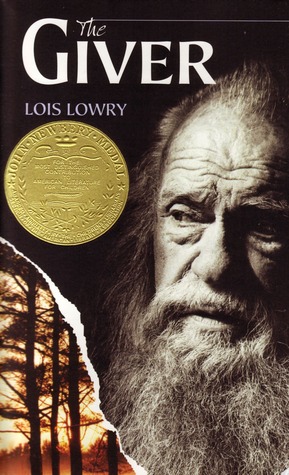The book The Outsiders by S.E. Hinton, is a wonderful story about greasers. I think that this book might be one of the best books I have ever read. It’s a great book that has described greasers perfectly as characters. The way that this book is written is wonderful. It manages to constantly pull you back in every single sentence. The story gives you these incredible characters that you become easily attached to. It manages to give out the background story of many important characters so well without interrupting the flow.
There are so many great characters in this story. There are basically two groups that don’t necessarily get along. There are the Greasers and the Socs. You automatically get sucked into the world of the Greasers as a group and so you start to not really like the Socs. I think the Socs might be one of the greatest antagonists I have ever read in a book. They genuinely strike you as people that you want to get away from the main characters.
In the story, we follow Ponyboy, a 14 year old boy who runs track. As soon as you understand that these people are all about 14-20 you begin to get sucked into this world that has horrible kind of situations. It manages to pull us in because it doesn’t spare us the straightforward areas in this story. Sodapop Curtis is 16 and Ponyboy’s brother. he dropped out of school and works at a gas station. again, just small aspects of a character brings the reader right into where they are and what is happening. The author writes these characters so well and it manages to keep our attention. Johnny Cade is Ponyboy’s best friend who is 16 and lives with his abusive parents. I think that even though abuse is considered very cliche now in writing, I believe that this book writes about how abuse can cause kids to act certain ways because of what happened to them and how they were raised. Johnny is a great character and he is written very well, he just came from a bad area in his life. Darrel, known as “Darry” is the oldest brother in the Curtis family. He is 20 and basically leads the gang. Darry is one of those characters that are tough but is a very loving character. He cared for his two younger brothers when their parents died from a car crash.
There are so many great characters in this story. I appreciate how well written every single character is and how the author doesn’t seem to care about what people think because he does not shy away from serious issues. The writer understands what makes a great character and he does. I think that there is just a perfect balance of protagonist and antagonist in this story. Enemies are very well written here and the plot of the story is so well thought out and well executed. I think that many people should read The Outsiders. I highly recommend it.


